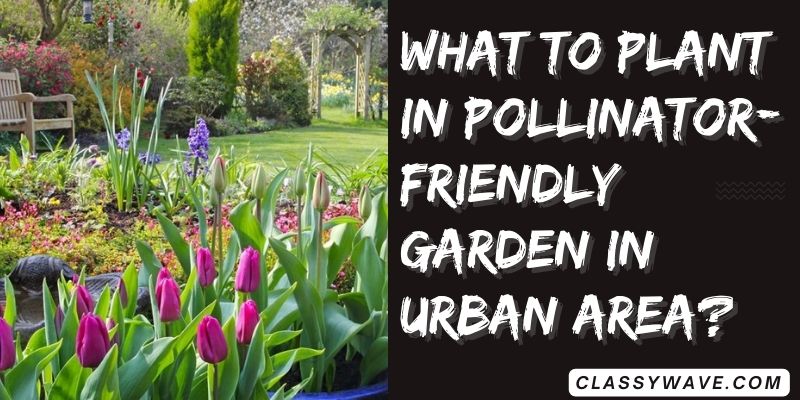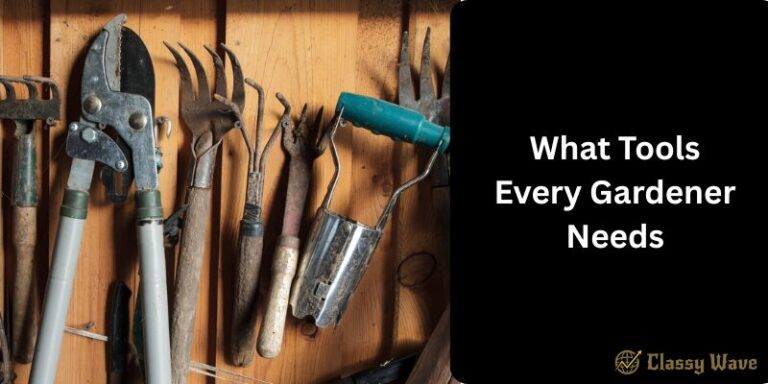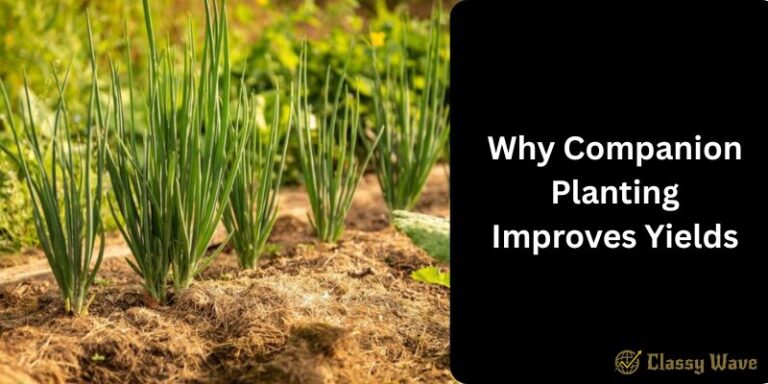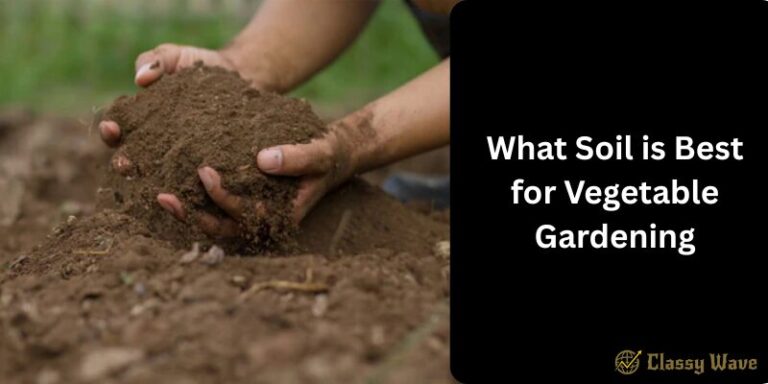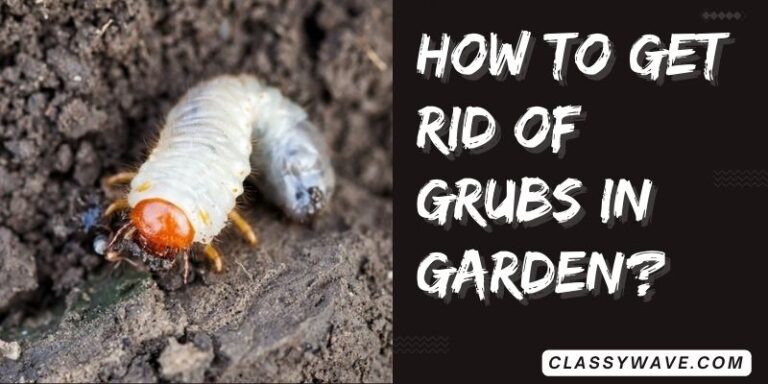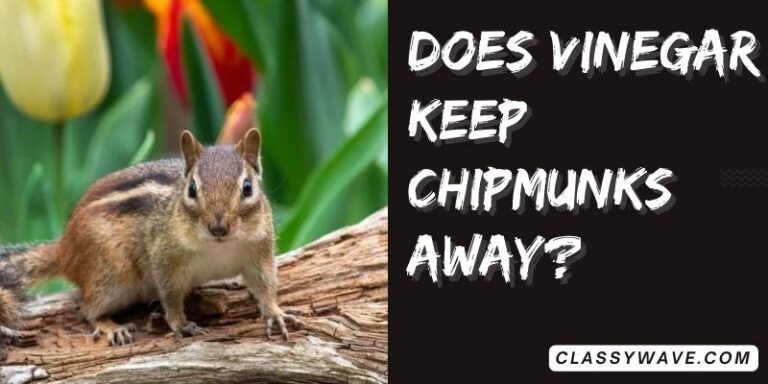What to plant in pollinator-friendly garden in urban area?
Embarking on the journey of cultivating a thriving urban pollinator garden opens the door to a world where vibrant greenery meets essential ecological conservation. From balcony gardening to edible landscapes, these diverse headings explore ways to embrace sustainability, biodiversity, and the aesthetic allure of pollinator-friendly habitats within the bustling realms of urban living.
Urban-Friendly Plants for Pollinators
Select flowering plants like lavender, coneflowers, and bee balm that thrive in urban environments, providing abundant nectar and pollen for pollinators while enhancing the aesthetic appeal of your city garden.
Bee-Friendly Gardens in Urban Areas
Design your urban garden with a focus on bee-friendly elements, incorporating a variety of flowering plants, bee baths, and nesting sites to create a welcoming habitat for these essential pollinators within the urban landscape.
Attracting Butterflies and Bees Urbanly
Cultivate a diverse mix of plants such as milkweed, lantana, and zinnias to attract butterflies and bees to your urban garden, fostering biodiversity and contributing to the overall health of the local pollinator population.
Native Plants for Urban Pollinators
Opt for native plants that are well-adapted to your urban environment, supporting local pollinator species and promoting ecosystem resilience while requiring less maintenance and resources than non-native alternatives.
Low-Maintenance Urban Pollinator Gardens
Design a low-maintenance pollinator garden with hardy, resilient plants that thrive in urban conditions, requiring minimal care while providing a continuous supply of food and habitat for bees, butterflies, and other pollinators.
Diversity in Urban Pollinator Planting
Embrace plant diversity in your urban pollinator garden, combining flowers of different shapes, colors, and bloom times to attract a broad range of pollinator species and create a vibrant, dynamic ecosystem within the confines of urban living.
Pest Management for Urban Pollinators
Adopt environmentally friendly pest management practices to safeguard pollinators in urban gardens, avoiding harmful pesticides and opting for natural solutions that protect the delicate balance of the ecosystem.
Water Sources for Urban Pollinators
Provide water sources like shallow bowls or birdbaths in your urban garden, ensuring access to clean water for pollinators, especially during hot weather, contributing to their well-being and promoting a thriving pollinator-friendly habitat.
Year-Round Pollinator Habitat in Urban Spaces
Plan your garden to bloom throughout the seasons, ensuring a year-round supply of nectar and pollen for pollinators in urban areas, supporting their lifecycle and maintaining a sustainable habitat even in the confines of urban living.
Encouraging Urban Pollinator-Friendly Practices
Engage with your community to promote pollinator-friendly practices in urban living, sharing knowledge, organizing events, and inspiring neighbors to create welcoming environments for bees, butterflies, and other pollinators within the urban landscape.
Balcony Pollinator Gardening in Urban Spaces
Transform your urban balcony into a thriving pollinator habitat by selecting compact flowering plants, like marigolds and petunias, creating a vibrant and space-efficient environment that attracts bees, butterflies, and other essential pollinators.
Edible Landscaping with Urban Pollinators
Blend functionality and aesthetics by integrating edible plants, such as herbs and fruit-bearing varieties, into your urban garden. This approach not only enhances visual appeal but also provides sustenance for pollinators, fostering a mutually beneficial relationship within the confines of urban living.
Urban Trees for Pollinator Conservation
Explore the vital role of trees, such as fruit-bearing or flowering varieties, in supporting pollinator populations within urban environments. Strategically planting trees contributes to the overall health and diversity of pollinator habitats, creating sustainable and resilient ecosystems in city landscapes.
Aesthetic-Functional Balance in Urban Gardens
Strike a harmonious balance between visual aesthetics and functional aspects in your urban pollinator garden. Select plants that not only enhance the beauty of your garden but also serve as valuable resources for pollinators, creating an urban oasis that combines style with ecological responsibility.
Rooftop Gardens: Haven for Urban Pollinators
Maximize available space by creating a rooftop pollinator haven. Utilize containers and raised beds to cultivate pollinator-friendly plants, providing a sanctuary for bees and butterflies amidst the urban skyline. Rooftop gardens contribute to biodiversity, offering both an aesthetically pleasing and ecologically significant addition to urban landscapes.
Conclusion
In conclusion, the possibilities for creating pollinator-friendly urban gardens are as varied as the plant life they support. From rooftops to balconies, these headings illustrate how individuals can contribute to pollinator conservation while enhancing the visual appeal of their urban spaces. By embracing sustainable practices and fostering biodiversity, urban dwellers can play a vital role in safeguarding pollinators and creating ecologically conscious havens within the vibrant landscapes of city living.
FAQs
Question: How can I start a pollinator-friendly garden on my urban balcony?
Answer: Choose compact flowering plants, like marigolds and petunias, to attract bees and butterflies efficiently.
Question: What edible plants are best for supporting urban pollinators?
Answer: Herbs and fruit-bearing varieties, such as lavender and berry bushes, foster a mutually beneficial relationship.
Question: How do trees contribute to urban pollinator conservation?
Answer: Trees, like fruit-bearing or flowering varieties, play a vital role in supporting diverse pollinator habitats in cities.
Question: How can I balance aesthetics and functionality in my urban pollinator garden?
Answer: Select visually appealing plants that also serve as valuable resources for pollinators, achieving harmony in design.
Question: What steps can I take to create a rooftop garden as a haven for urban pollinators?
*Answer: Utilize containers and raised beds with pollinator-friendly plants, creating a sanctuary amidst the urban skyline for bees and butterflies.

